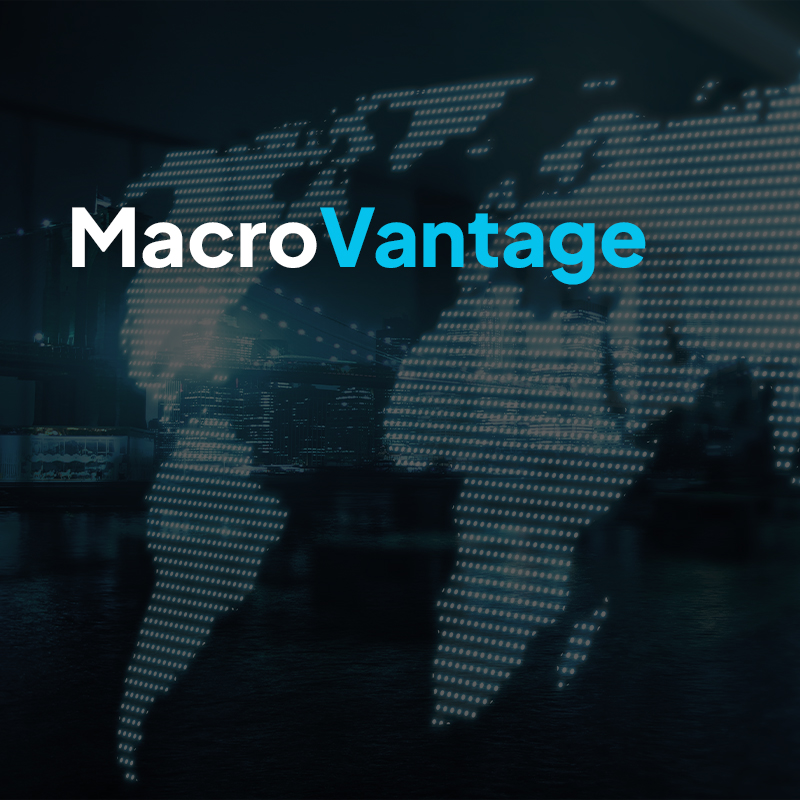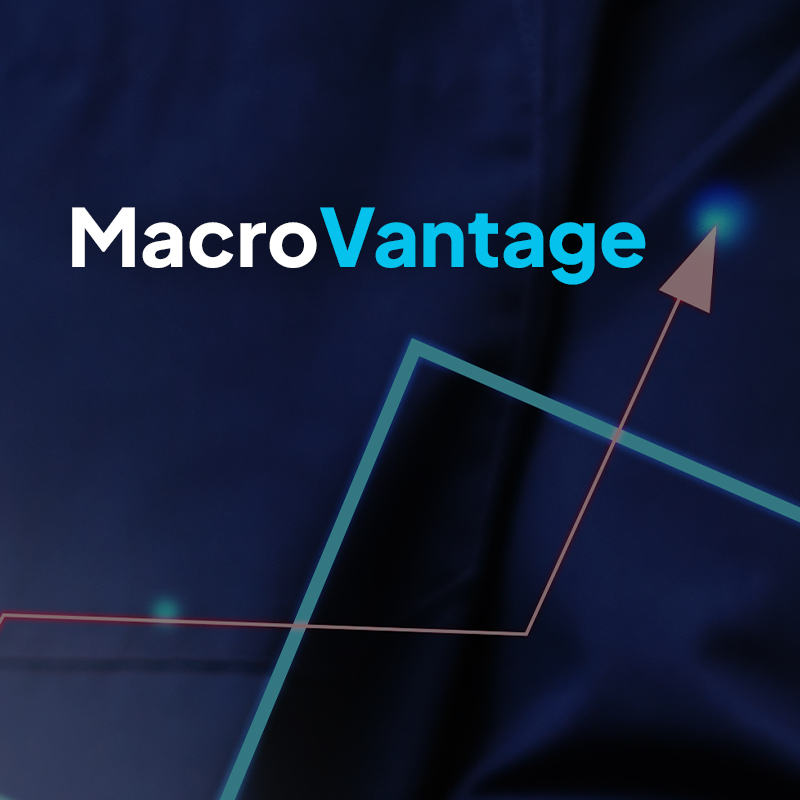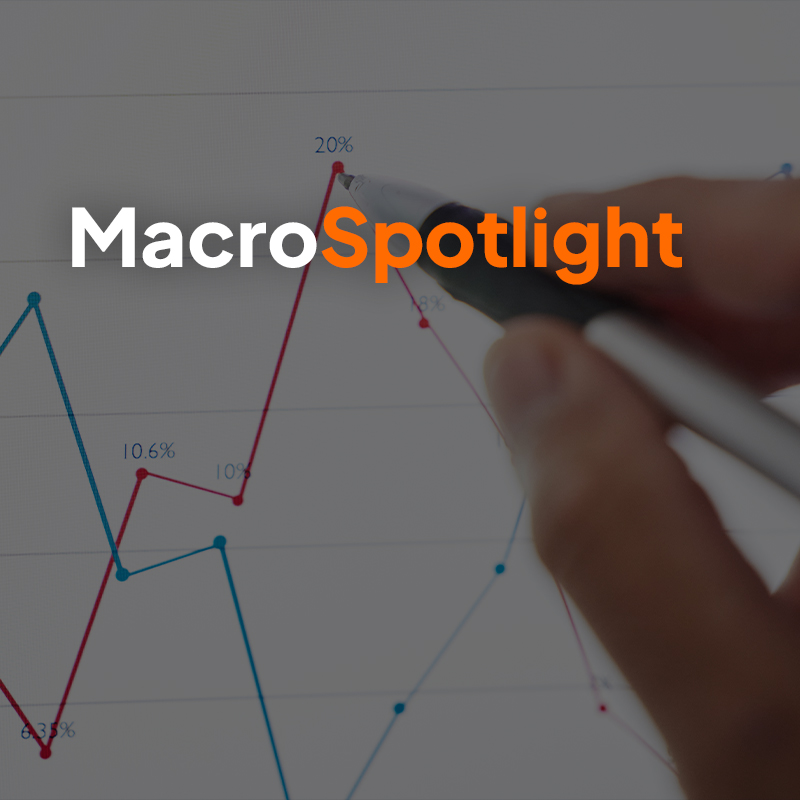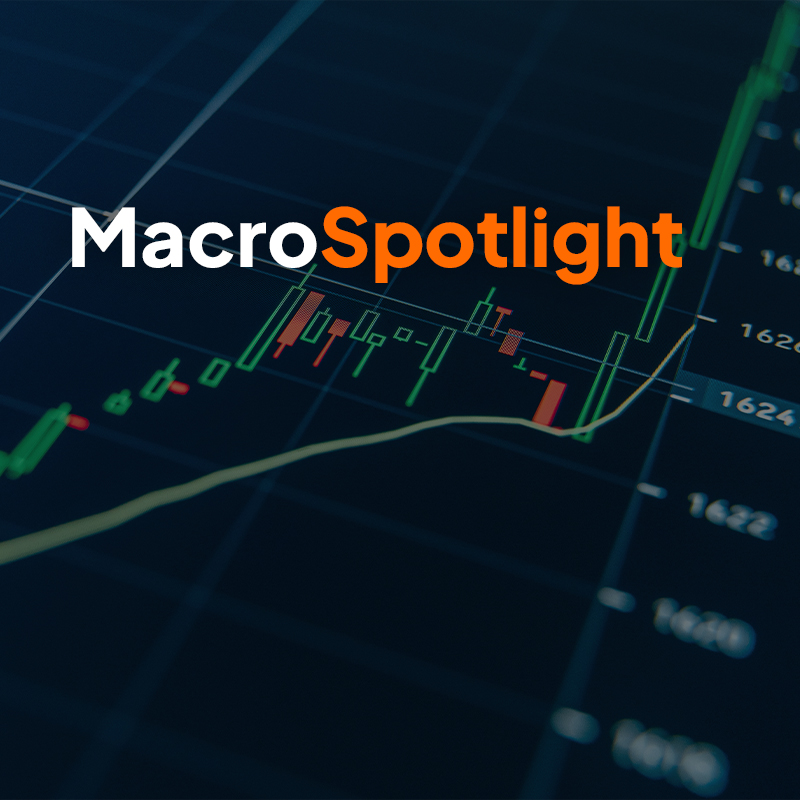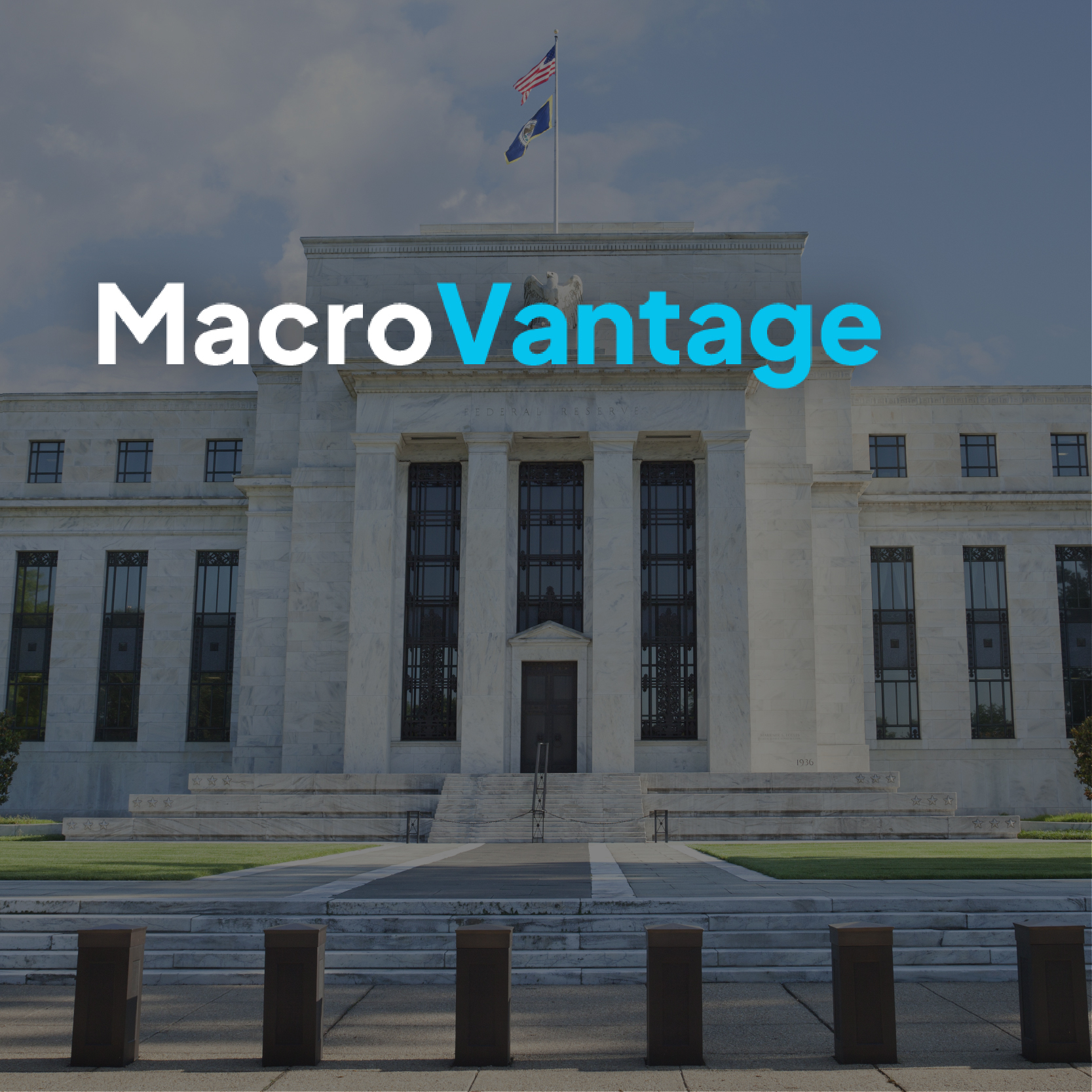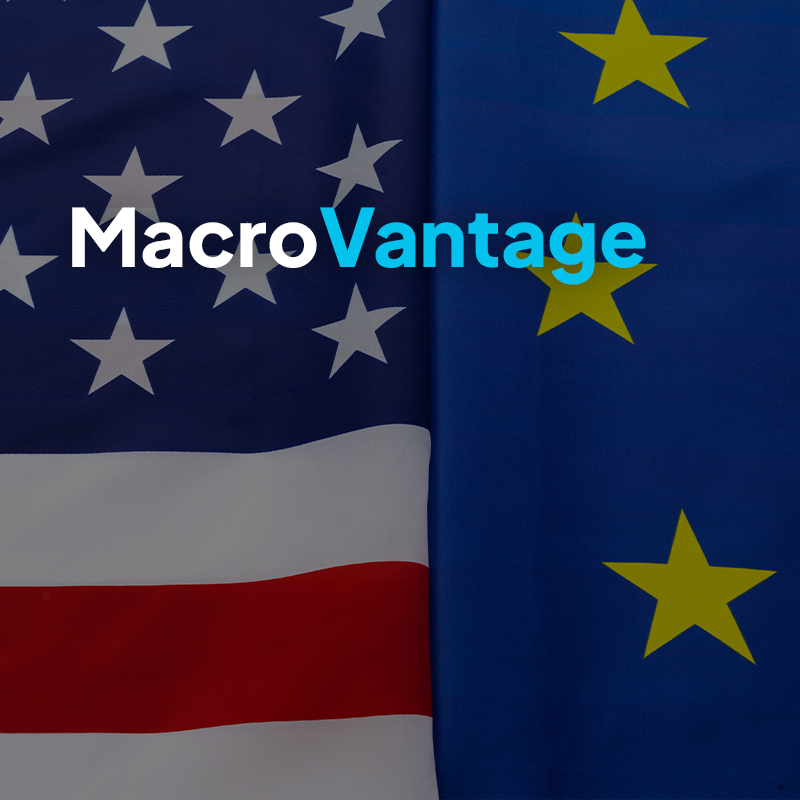Insights

January 8, 2026
Qi Macro Valuation
1. S&P500’s Quiet But Dangerous Addiction
2. Breaking the Addiction: Sector Rotation
3. EM Bond Joins the Rotation
Filters
Thank you! Your submission has been received!
Oops! Something went wrong while submitting the form.
Thank you! Your submission has been received!
Oops! Something went wrong while submitting the form.
